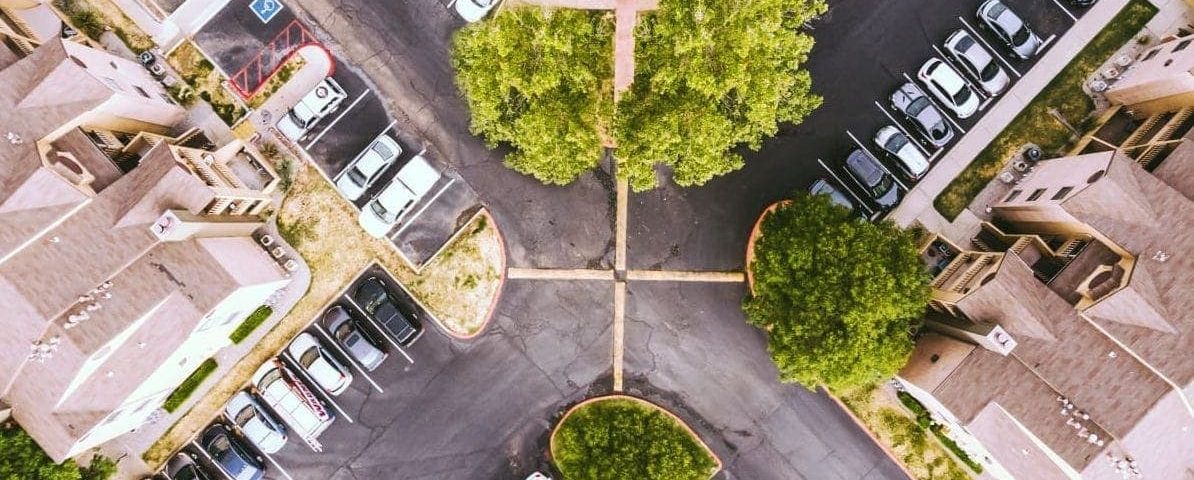
How the interaction between city residents may evolve over the next five years
01 of February of 2019
In our current society, in which futuristic elements barely raise an eyebrow — whether out of boredom or due to the overwhelming number of flying car scenes — people tend to appreciate the more approachable vision, in which the person is able to understand the key aspects of a shorter-term transformation; the one, for example, who understood that a mobile phone should be simple, with just one button and a touch screen; or the one who first said coffee capsules made sense. That’s why a practical vision of cities in the future must be seen as a tangible set of concepts that integrate society’s distinguishing elements. For my part, I am convinced that this distinguishing element is not technology, or data, or the blockchain…. It is the citizens and their interactions. Without citizens buy-in, there will not be any move towards the ‘smart city,’ but with citizen buy-in, the future can be brought closer and faster. Below I outline what cities might look like from a citizen’s standpoint in about five years’ time; enough time to see differences from now but to maintain a thread of reality.
In 2025, as the recently-published Smarter Cities 2025: Building a Sustainable Business and Financing Plan report envisages, the Smart City concept will have become firmly established, and the main developments will have been integrated into cities, making them better places to live. This report, with its heart in economics, focuses on the business case/return on investment (ROI) for ‘smart city’ components which has been a missing piece in the jigsaw to date.
The role of citizens and social interaction
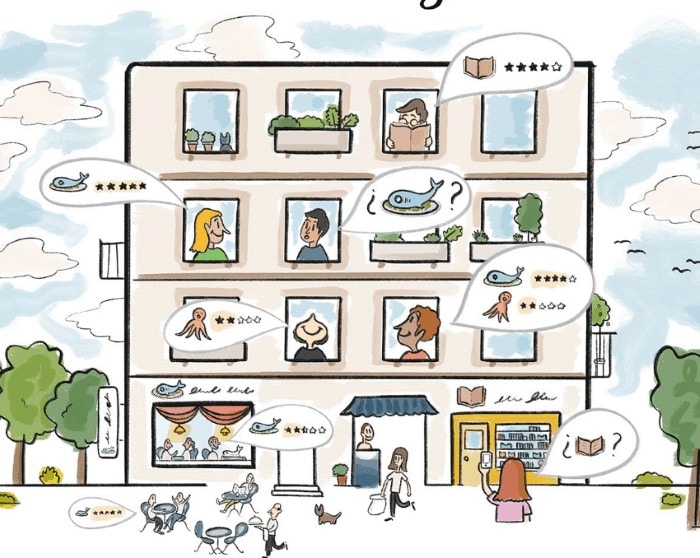
Starting with the citizen and, with a view to seeing what a city will be like in 2025, an interdisciplinary group of professionals used a storytelling methodology to project the vision of cities in the future. As my colleague Mark Saunders, Director of Ferrovial Services’ Centre of Excellence for Cities, said “People are the centre of how a city should develop and evolve, not technology, political or profit agendas; they are secondary. The future of mobility is about access, choice, convenience, safety, and comfort, and a different solution will work in every different place.”
And therefore this vision has to start with the citizen, with a citizen that is no longer in a process of empowerment, because the empowerment will be a fact; and who will play a much more active role in the city, making decisions about its design, services and even infrastructure. These citizens of 2025 will also interact in communities through which they will conduct activities and enhance this empowerment. It is clear that cities, whether small or large, scattered or concentrated, must be able to respond to citizens’ needs.
Electric, digital and interconnected mobility
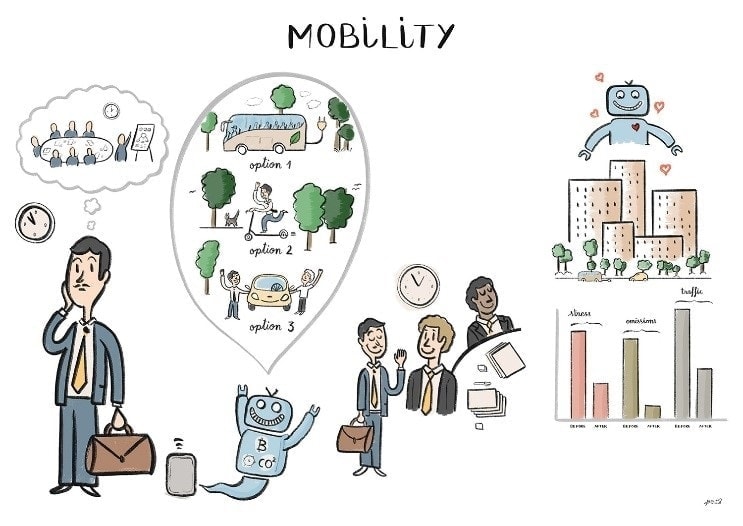
In the city of the shorter-term future, where services, infrastructure, equipment are changing and evolving, mobility will be crucial. In this sense, mobility is the movement of people and goods around a city, In cities where sustainable electric mobility will have evolved considerably, in which vehicle sharing will be a normal part of daily life, where public transport will have evolved both technically and technologically, what role will citizens play? Citizens will have become used to sharing their data, their schedule and their preferences, to the point where they will have stopped making an effort to think about how to get to places and will only think about where they want to go and when they want to be there. Digital citizens’ services will evolve to provide options for citizens to optimise their schedule and, at the same time, enjoy a satisfactory, sustainable travel experience. And these digital citizens’ services will ultimately improve mobility in cities, reducing traffic, emissions and stress. A glimpse of the future is provided by Ferrovial projects such as the WONDO mobility platform, the ZITY car sharing service, and the Madrid Central program.
Greener, energy-self-sufficient cities
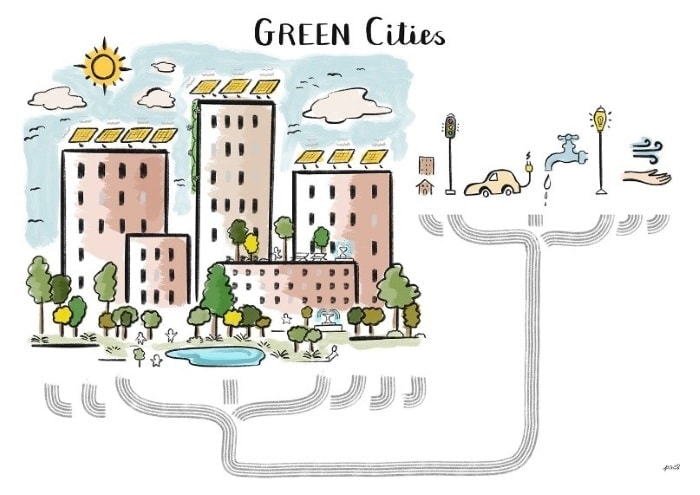
All the research suggests that urban populations will continue to grow this century, and the key to making this possible and sustainable is for cities not to bring in energy from outside, but to generate it themselves and gradually become self-sufficient. This is possible if citizens taken on the fundamental role of being aware of the energy their own home generates, for example, using solar panels, with the option of using the energy or making it available to the city. This balance, this active role and this empowerment of citizens is what will end up creating green cities. Waste will be a very similar story, since the concept of recycling will have evolved towards a “zero waste” scenario, especially thanks to having engaged citizens to participate in the benefits of recycling and helped them to sort streams of waste or, more properly, products.
The future will be digital. Citizens will seek experiences
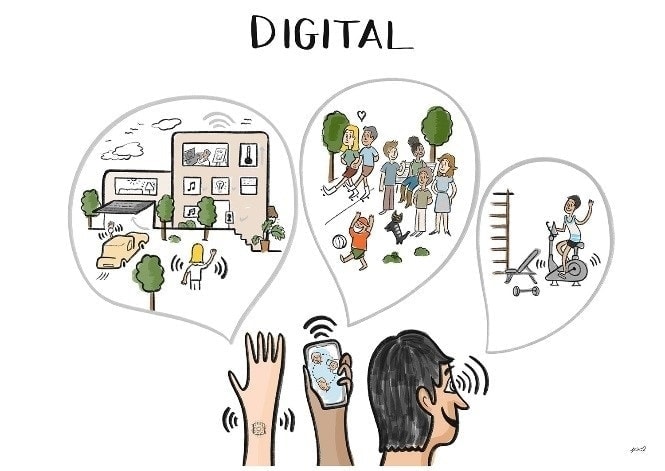
In this vision, global digitalisation is a reality and will affect us in most of our daily interactions, leading to a change in habits, such as no longer needing to take our house keys with us because of ‘smart locks’. It will affect most of the activities we perform, such as our interaction with exercise machines in the gym, which will recognise us and adapt to our characteristics and our fitness goals. This digitalisation will create new connections between citizens and new communities based on hobbies, common interests and activities. And it will be these communities that afford real meaning to citizen empowerment.

This will be the case because citizens will seek ‘experiences,’ pursuing a measured, customised user experience, thinking more about the type of experience they want when travelling, going to a restaurant or performing a specific activity. User experience will be the pivotal aspect on which to build and offer services and activities tailored to each citizen, and to each community. This is already happening, with us using other travellers’ experiences of a hotel or restaurant as a reference.
Safety, a cornerstone for cities
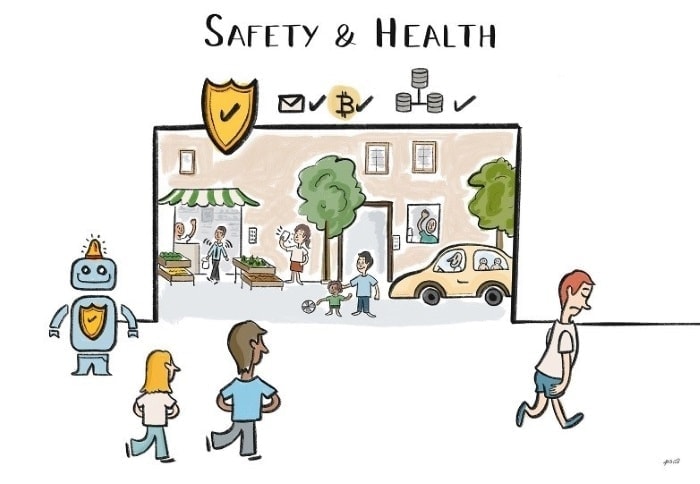
This vision of cities must meet a fundamental pre-requisite: safety and security. Citizens will be willing to share their own personal data provided there is safety, in the broadest sense — both cybernetic and physical — having the cities areas where the citizen will have the maximum guarantees of security . Being in your safe city will be like being “at home”. Another fundamental factor will be citizens’ Health and well-being, which will be indispensable rather than optional.
To conclude, these cities with predictive mobility, that are sustainable and free from non-recyclable waste, in which the community and empowered citizens benefit from the virtues of digitalisation and seek experiences without compromising on health or safety, will be assessed in a new way, using an indicator that integrates a feeling on the part of citizens that can be expressed as “I’m OK here”. This phrase has a number of ramifications, such as relationships, well-being, spending power, available activities, health, etc.In the shorter-term future, we will be able to measure it in each citizen and each city, and sum it up as: happiness. Accordingly, happiness will be an indicator of the places we live and where we would like to live.
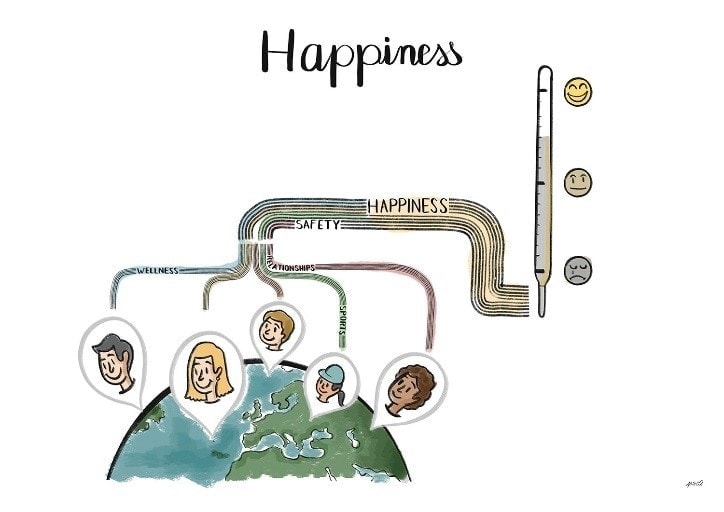
Having outlined this vision of cities, each city will embody it in its own way and at its own pace, I would like to finish by highlighting that it is an opportunity to anticipate, identify and enhance those areas that will make cities that meets to citizens’ needs a reality.
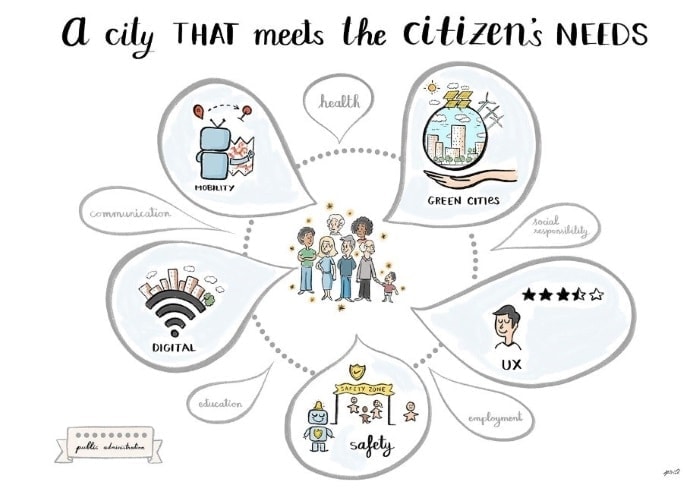





There are no comments yet